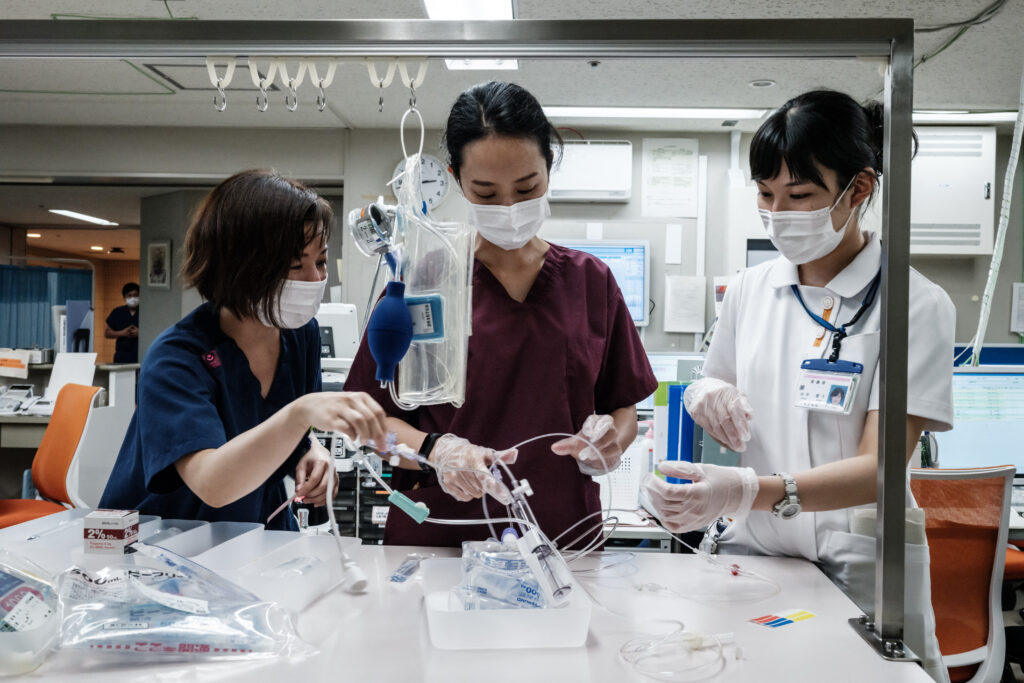
- ARAB NEWS
- 15 Jul 2025

TOKYO: Many medical institutions in Japan are still providing an endless number of consultations for patients with prolonged aftereffects of COVID-19, a year after the country downgraded the disease to a lower-risk category under the infectious disease control law.
Wednesday marked a year since the government lowered COVID-19 from Category II to Category V, which includes seasonal influenza. While the usual hustle and bustle has returned to the streets of Japan, many people are still left with COVID-19 aftereffects, with such symptoms, in some cases, greatly hampering people’s daily activities.
The World Health Organization defines COVID-19 aftereffects as symptoms that last for at least two months after infection, and cannot be attributed to other diseases.
As there is no cure for the aftereffects yet, doctors are calling on people to take infection prevention measures.
A study by a Japanese health ministry research group showed that around 10-20 percent of adults who contracted COVID-19 between January 2020 and August 2022 suffered aftereffects. The study was conducted in Tokyo’s Shinagawa Ward, the city of Yao in the western prefecture of Osaka and Sapporo, the capital of the northernmost prefecture of Hokkaido.
According to the study, the proportion of people who had COVID-19 and continued to suffer some kind of symptom at least two months after infection came to 11.7 percent in Shinagawa, 15.0 percent in Yao and 23.4 percent in Sapporo.
“The proportion of people with aftereffects is greater for COVID-19 than other infectious diseases,” Fumio Otsuka, a professor at Okayama University Hospital, which has an outpatient clinic for those with COVID-19 aftereffects, said, adding that post-COVID-19 conditions also tend to last for a longer period than aftereffects of other diseases.
He said that the number of patients who consulted the medical institution in the western Japan city of Okayama for COVID-19 aftereffects has not declined even after the disease’s downgrade.
In an analysis of data of 930 patients who consulted the hospital for COVID-19 aftereffects between February 2021 and March this year, it took an average of 220 days for such people to recover since displaying symptoms.
While many of such symptoms were fatigue among people who contracted the initial COVID-19 strain, the delta variant and the omicron variant, the number of omicron patients who suffered sleeping disorders was double that of other COVID-19 patients with sleeping problems.
Other major aftereffects were headaches, a decline in concentration and coughing. In some severe cases, the prolonged symptoms led to depression.
The COVID-19 aftereffects have often destabilized people’s everyday life, with around 40 percent of 545 people with jobs who consulted the medical institution between February 2021 and December 2023 saying that they were on leave and some 10 percent saying that they had to quit.
“People should continue implementing measures to prevent being infected (with COVID-19), given that the virus still exists and is continuing to mutate,” Otsuka said.
JIJI Press